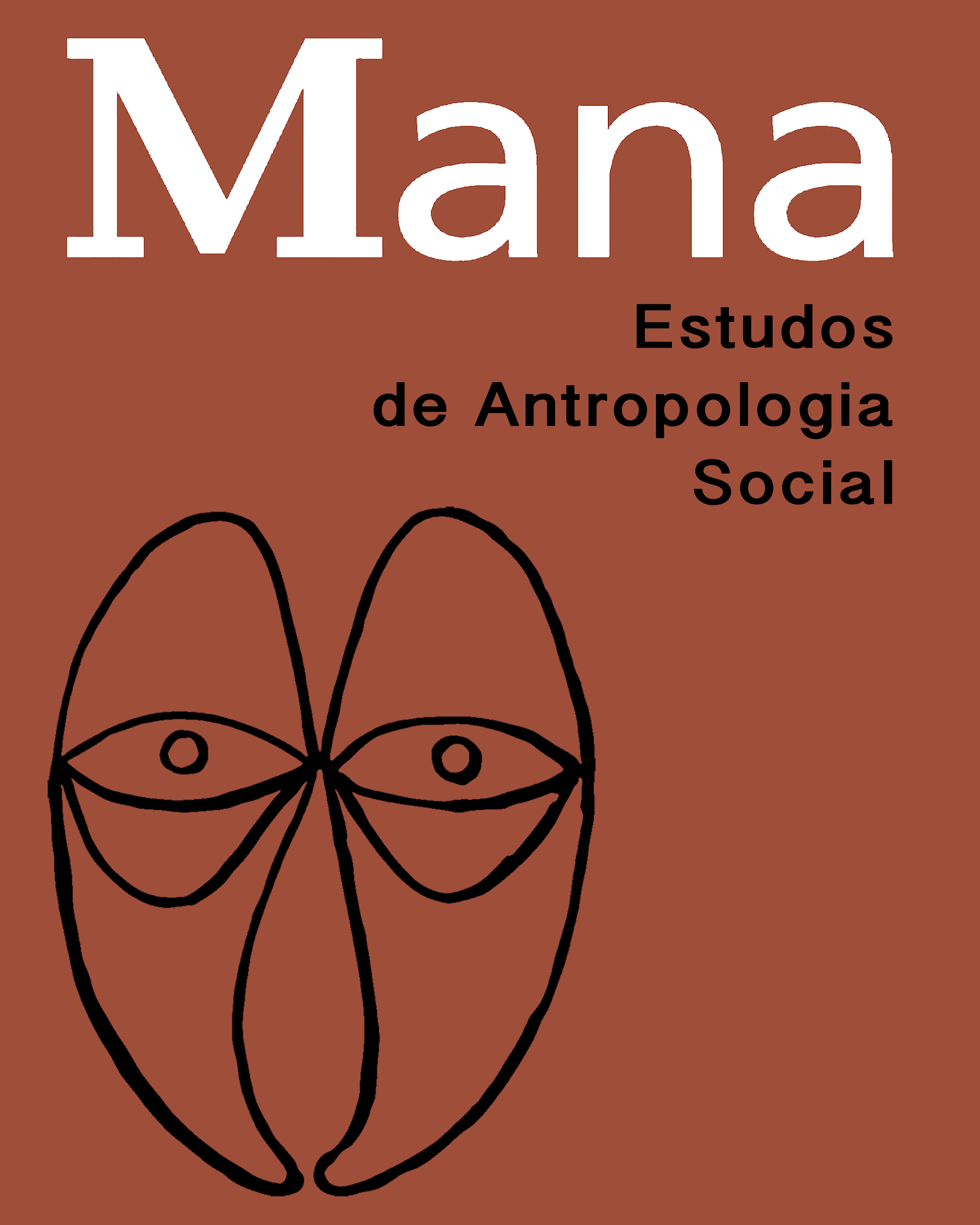Abstract
This article, originally written in 1973 and published here for the first time, argues that, despite their evident cultural variety, the Indigenous societies of lowland South America share an invariant structural characteristic that define them as a ‘culture area’. This characteristic is a two-line relationship terminology articulated by a principle of direct exchange. An analysis of a wide range of societies from the region reveals this invariant characteristic within their terminological differences. The article is preceded by a short introductory note written specifically for this publication.
Key Words:
Lowland South America; Culture Area; Two-line relationship terminology

 Thumbnail
Thumbnail
